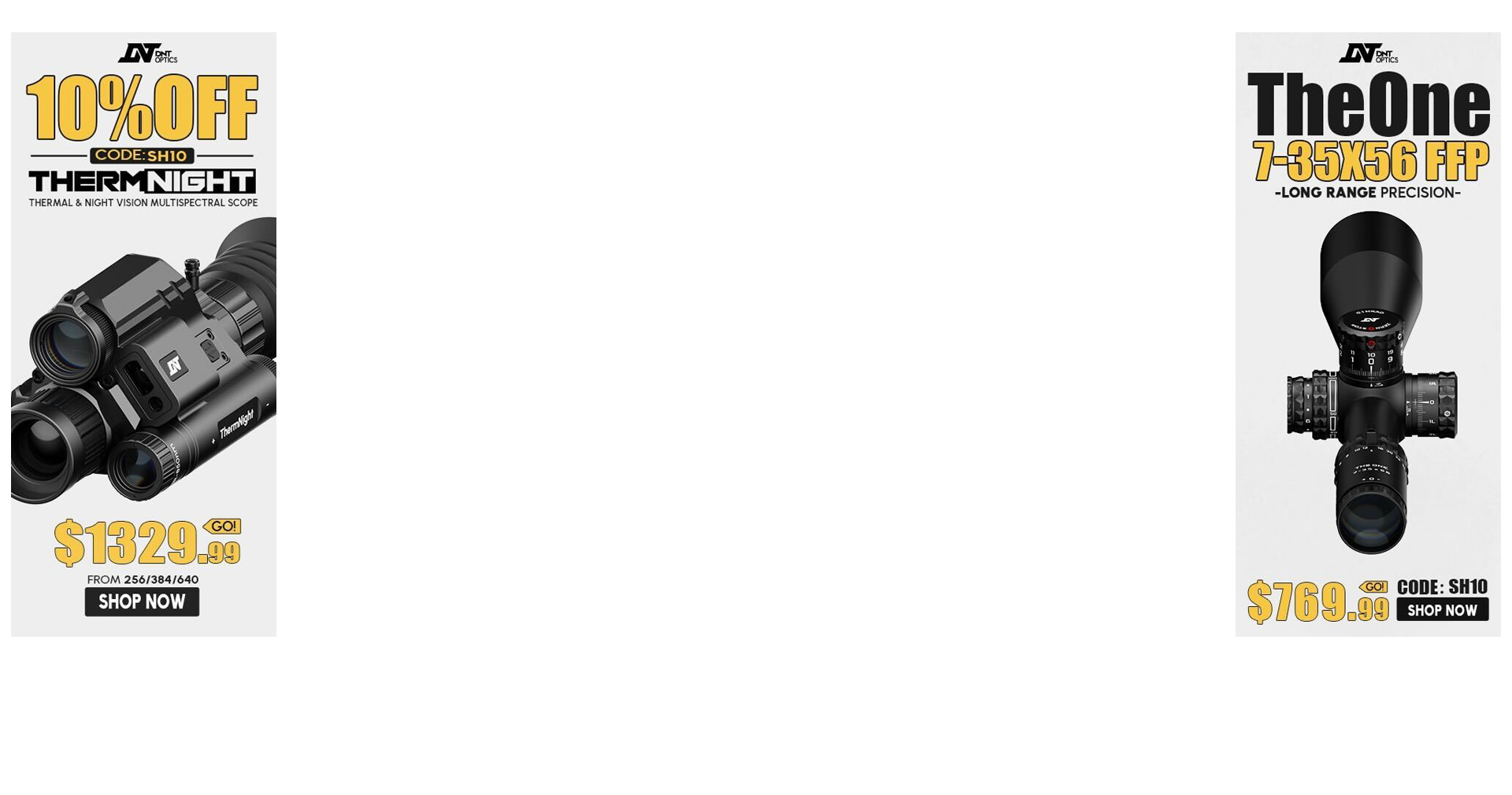Re: Rotational decay and its effect on LR stability.
<div class="ubbcode-block"><div class="ubbcode-header">Originally Posted By: groper</div><div class="ubbcode-body">I think i know what you are eluding to wadcutter, i remember your shooting results whereby the 300SMK wouldnt remain stable thru transonic, whereas the the 250grain tipped bullet did.
Im assuming your considering a new barrel, and would like to maximize your chances of keeping that 300gr bullet stable thru transonic, so your wondering what sort of rifling profile to get in this new barrel that will help most in this regard?
The answer is not easy as we need to know what that bullet is doing when it goes transonic - only available thru dopplar radar data. It could be that its pitching moment rises to significantly high levels to destabilze it - in which case we would want to minimize its RPM decay with minimal rifling so the gyroscopic inertia can overcome it. Or, it could be that its flying with an increased angle of repose and the aerodynamic forces and physicial inertia properties of that bullet, increase the yaw precession to the point of dynamic instability in which case, no small differences in RPM decay will help. Some bullets, cannot remain stable thru transonic no matter how much spin they have, its implicit in their aerodynamic characteristics in the transonic regime... i cannot say if the 300SMK is one of these bullets, however the 300gr Scenar has proven stable thru transonic from a 1:10twist to 2700yds - simple way to find out, is ask other people whove shot it way out there and see if they maintained good accuracy - or just switch from the SMK to the 300scenar and try again from your current barrel.
Easiest method to determine whether is over (or under) spin stabilized at the end of its flight, and therefore loosing stability this way, is to simply ask around and find out who is having more success beyond transonic distances, the guys with 1:10 barrels or the guys with 1:9-9.5 barrels. The difference should be evident, perhaps a new thread "whos shot the 300SMK to +2000yds? and then asking what barrel twists and rifling profiles they used and accuracy achieved, would yield a pattern that may shed light on your query?
</div></div>
Groper,
You are right on the money. My 1:10 twist barrel has issues with the 300 gn SMK at ER. I have just recieved a 1:9.3 Benchmark barrel and was wondering how it would effect the 300 gn SMK. Also going to order a .375" barrel soon and after reading
cheytac White paper I was thrown into a spin so to speak.
Also have some issues with shooting the 155gn HBC bullet out of my .308 F-Class rifle and was considering the best barrel twist options for 1200 yards matches.
Bryan,
Thanks for your information. What you say adds a new perspective.

